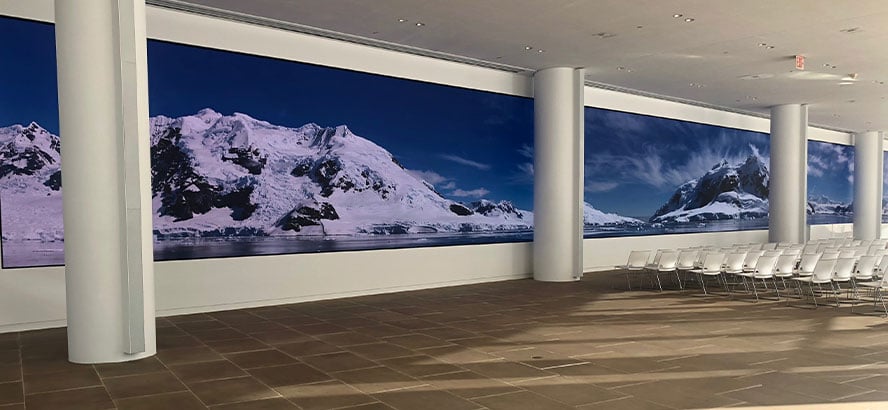
One common kind of LED video screen solution is the directly viewed Light Emitting Diode. Such technology uses separate Light Emitting Diode modules which are arranged closely together to create a big screen. Directly viewed LED screens are known for their high luminosity and lively colors, making them perfect for external events or brightly lit settings. These displays also have a wide viewing perspective, allowing means that people can view the display clearly from various locations. This renders direct view Light Emitting Diode screens a favored choice for stadiums as well as external festivals.
Another type of Light Emitting Diode display screen solution is the LED illuminated LCD. Such solution merges traditional LCD screens with LED illumination for improved luminosity and color accuracy. LED illuminated Liquid Crystal Displays are commonly used in indoor environments, such as retail malls and conference rooms. These displays provide superior visual clarity while are typically more cost-effective than direct view LED walls. Nonetheless, they may often function as effectively in well-lit environments, as the backlighting can occasionally dull the colors.
A thirdly choice is the Organic Light Emitting Diode display screen. OLED solution offers exceptional contrast and color richness in relation to other kinds of screens. Every dot in an OLED screen emits its own light, allowing for true dark tones as well as lively hues. This renders Organic Light Emitting Diode display led video wall installation cost screens especially appealing for uses which demand premium images, including gallery exhibitions and luxury shopping outlets. Nonetheless, Organic Light Emitting Diode solution can be costlier expensive and may not be as bright as direct view LED walls, making it not appropriate for outdoor use.
In addition to these options, there are also various uses for Light Emitting Diode display screens. They can be used for advertising, entertainment, as well as data display. For instance, companies commonly use LED display walls for digital advertising to draw in clients and promote goods. Within entertainment, they enhance the visual experience at music events as well as events, providing lively backdrops and engaging images. In corporate environments, Light Emitting Diode video screens can be utilized for demonstrations, video conferencing, as well as educational sessions, aiding to communicate information in a aesthetically appealing way.
To summarize, LED video screens are available in different types, every with its unique benefits and applications. Direct view Light Emitting Diode walls are great for external applications, whereas LED-backlit LCDs are more appropriate for indoor environments. Organic Light Emitting Diode video screens offer superior image clarity but may come at a higher price. Grasping these variations can assist organizations make knowledgeable decisions about which kind of LED display screen best satisfies their needs, whether for promotion, entertainment, or business use.